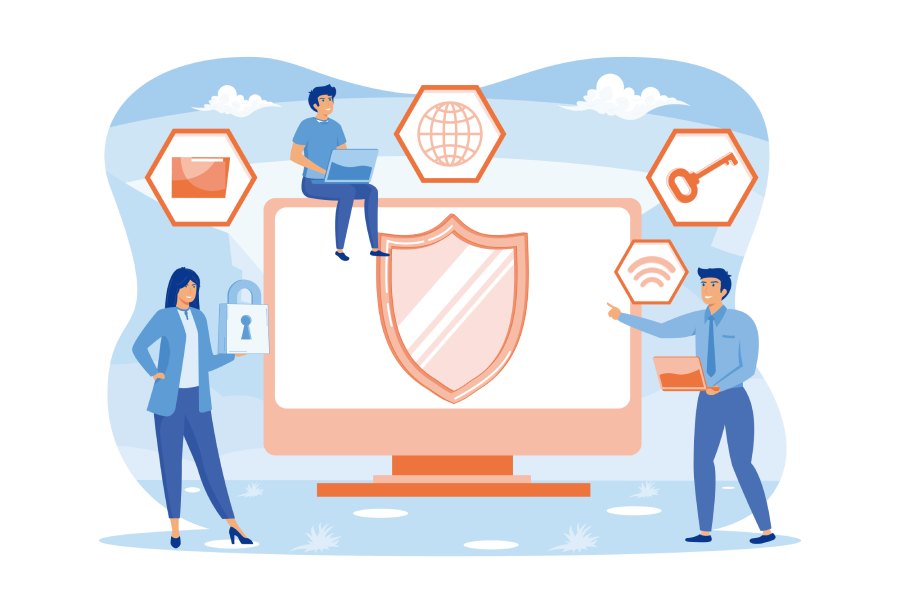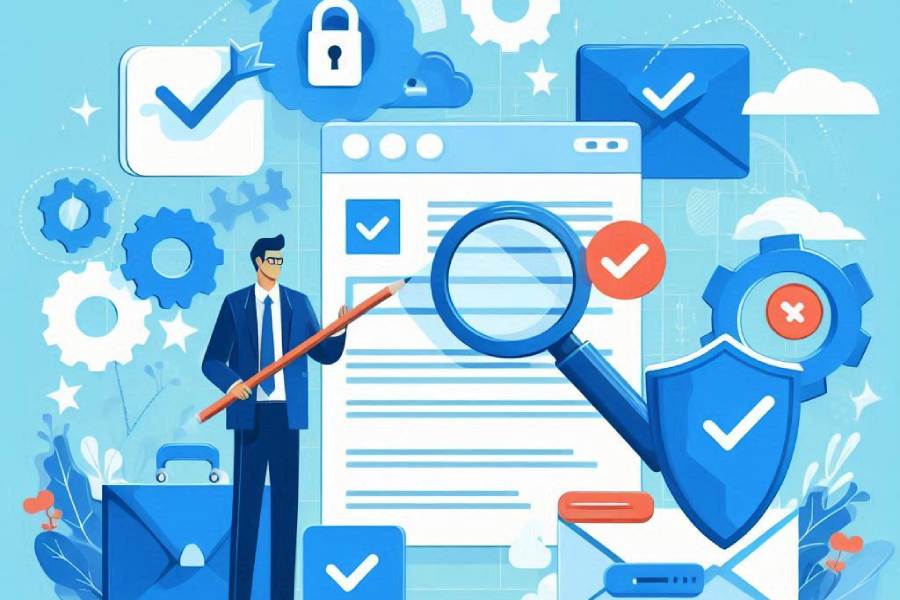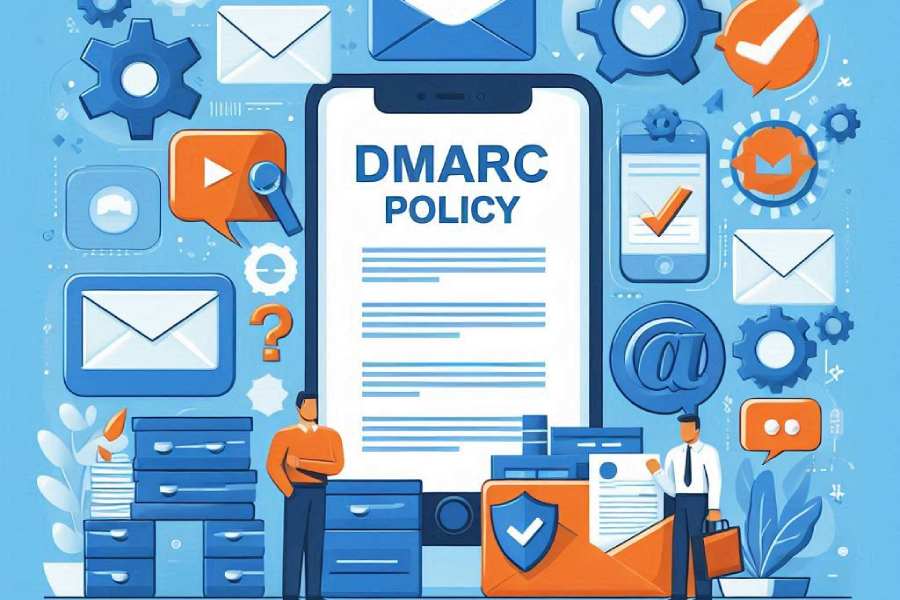
How does DKIM alignment affect overall DMARC compliance?
How does DKIM alignment affect overall DMARC compliance?
DMARC is based on SPF and DKIM results. For an email to pass the DMARC checks, it has to pass at least one of the protocols and have alignment with the domain in the ‘From’ header.

![DeepSeek AI Cyberattacks, Health Provider Breached, Telecom Data Impact – Cybersecurity News [January 27, 2025]](https://www.duocircle.com/wp-content/uploads/2025/02/spf-record-tester-5454.jpg)



![Cyberattacks Targeting Institutions, Treasury Security Alarms, Telecom Network Breach – Cybersecurity News [January 20, 2025]](https://www.duocircle.com/wp-content/uploads/2025/01/dkim-selector-2.jpg)


